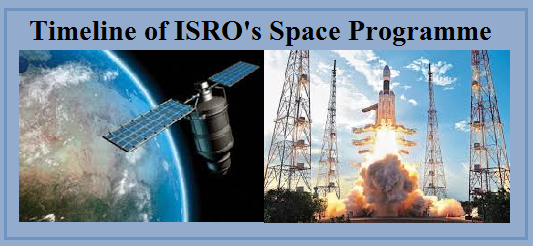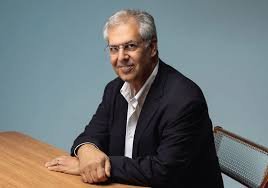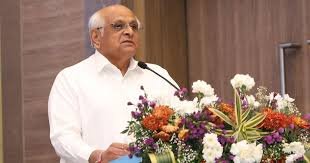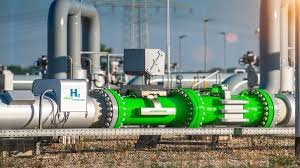A Journey Through ISRO’s Space Programme: 1960s to 2024
Introduction to ISRO’s Space Programme
The Indian Space Research Organisation (ISRO) has been at the forefront of India’s space exploration efforts, making significant strides since its inception in the 1960s. Established in 1969, ISRO was tasked with harnessing space technology for national development. Over the decades, ISRO has achieved numerous milestones, contributing to India’s status as a major player in global space research. This article delves into the timeline of ISRO’s space programme, highlighting its major achievements and developments from the 1960s to 2024.
The Early Beginnings (1960s-1970s)
ISRO was founded in 1969 by Dr. Vikram Sarabhai, who is often regarded as the father of the Indian space programme. The early years were marked by foundational efforts, including the establishment of the Indian National Satellite System (INSAT) and the launch of Aryabhata, India’s first satellite, in 1975. This period focused on setting up infrastructure and launching initial satellites, paving the way for future advancements.
Expansion and Growth (1980s-1990s)
The 1980s saw significant progress with the launch of the first Indian-made satellite launch vehicle, SLV-3, in 1980, which successfully placed the Rohini satellite into orbit. The 1990s further cemented ISRO’s capabilities with the development of the Polar Satellite Launch Vehicle (PSLV), which became renowned for its reliability and versatility. This period also saw international collaborations and the successful launch of various satellites for both domestic and foreign clients.
Technological Advancements and Global Recognition (2000s-2010s)
In the 2000s, ISRO achieved several landmark successes, including the launch of the Mars Orbiter Mission (Mangalyaan) in 2013, making India the first country to reach Mars orbit in its maiden attempt. The launch of the GSAT-6A communication satellite and the development of the Gaganyaan mission, India’s first human spaceflight programme, showcased ISRO’s growing technological prowess. ISRO’s international partnerships and commercial satellite launches also gained global recognition during this period.
Recent Developments and Future Endeavours (2020s-2024)
The 2020s have been marked by continued innovation and ambitious projects. The Chandrayaan-3 mission, aimed at exploring the lunar surface, and the development of next-generation launch vehicles like GSLV Mk III highlight ISRO’s ongoing commitment to advancing space technology. The organisation is also working towards the Gaganyaan mission, which aims to send Indian astronauts into space by the mid-2020s. Additionally, ISRO is focusing on enhancing satellite communication, Earth observation, and interplanetary exploration.
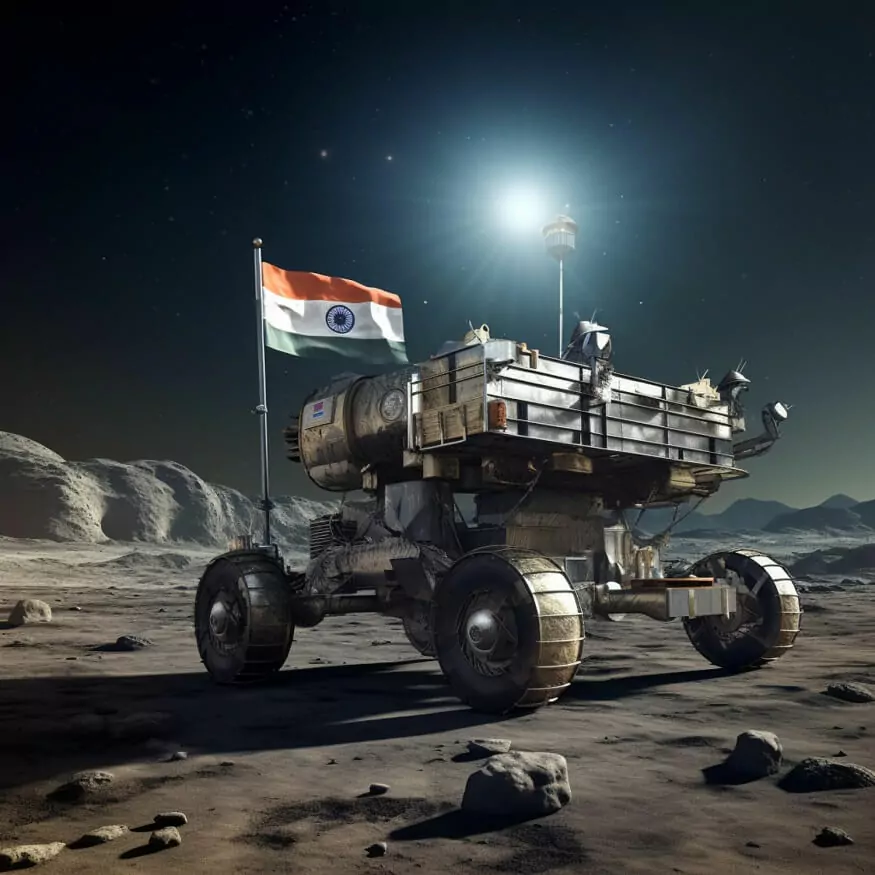
Why This News is Important
Advancements in Space Technology
ISRO’s achievements reflect significant advancements in space technology, showcasing India’s capability in space exploration and satellite technology. The organisation’s progress from its early days to the present demonstrates the rapid development of technology and infrastructure, positioning India as a key player in the global space arena.
Strategic and Economic Impact
The advancements in space technology have strategic and economic implications. ISRO’s successful satellite launches and space missions contribute to national security, communication, and remote sensing capabilities. Furthermore, the commercial launch of satellites generates revenue and strengthens India’s position in the global space market.
Inspiration and National Pride
ISRO’s milestones serve as a source of inspiration and national pride. The organisation’s achievements underscore the potential of indigenous technology and innovation, fostering a sense of pride among citizens and encouraging future generations to pursue careers in science and technology.
Historical Context
Early Foundations
The roots of ISRO can be traced back to the 1960s when India recognized the potential of space technology for national development. Dr. Vikram Sarabhai’s vision and efforts led to the establishment of ISRO in 1969, with the aim of utilizing space research for socio-economic development.
Key Milestones
Key milestones include the successful launch of Aryabhata in 1975, the development of SLV-3 and PSLV in the 1980s and 1990s, and the landmark Mars Orbiter Mission in 2013. These achievements marked significant progress in India’s space capabilities and global standing.
Current Focus and Future Goals
Today, ISRO continues to focus on ambitious projects such as the Gaganyaan mission and the Chandrayaan-3 lunar exploration. The organisation’s ongoing efforts reflect a commitment to pushing the boundaries of space technology and exploration.
Key Takeaways from ISRO’s Space Programme Timeline
| Serial Number | Key Takeaway |
|---|---|
| 1 | ISRO was founded in 1969 by Dr. Vikram Sarabhai, marking the beginning of India’s space programme. |
| 2 | The successful launch of Aryabhata in 1975 was India’s first step into space technology. |
| 3 | The development of the PSLV in the 1990s established ISRO as a global leader in satellite launches. |
| 4 | The Mars Orbiter Mission (Mangalyaan) in 2013 was a historic achievement, making India the first to reach Mars orbit on its maiden attempt. |
| 5 | Current and future projects include the Chandrayaan-3 lunar mission and the Gaganyaan human spaceflight programme, reflecting ISRO’s ongoing innovation and ambitions. |
Important FAQs for Students from this News
1. What was the primary goal of establishing ISRO in 1969?
ISRO (Indian Space Research Organisation) was established in 1969 with the primary goal of harnessing space technology for national development, including satellite communication, remote sensing, and scientific exploration.
2. What was the significance of the launch of Aryabhata in 1975?
The launch of Aryabhata in 1975 was significant as it marked India’s first satellite and the country’s entry into space technology. Aryabhata was instrumental in establishing India’s capabilities in space research.
3. How did the development of the PSLV impact ISRO’s global status?
The development of the Polar Satellite Launch Vehicle (PSLV) in the 1990s significantly impacted ISRO’s global status by demonstrating its ability to deliver satellites into precise orbits. The PSLV became known for its reliability and versatility, enhancing India’s reputation in the global space market.
4. What was the milestone achieved by the Mars Orbiter Mission (Mangalyaan) in 2013?
The Mars Orbiter Mission (Mangalyaan) achieved the milestone of making India the first country to reach Mars orbit on its maiden attempt. This accomplishment highlighted ISRO’s advanced capabilities and placed India in the forefront of interplanetary exploration.
5. What are the key future projects for ISRO as of 2024?
Key future projects for ISRO include the Chandrayaan-3 lunar mission, which aims to further explore the Moon, and the Gaganyaan mission, India’s first human spaceflight programme, which aims to send astronauts into space.
Some Important Current Affairs Links













